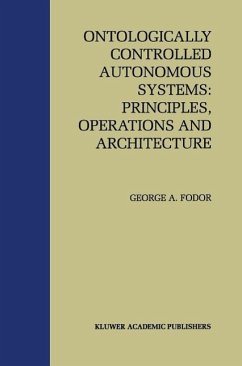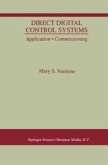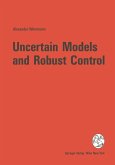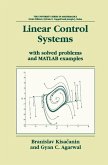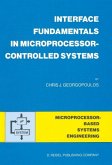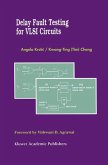Kevin M. Passino When confronted with a control problem for complicated physical process, a control engineer usually follows a predetermined design procedure. This procedure often begins with the engineer seeking to understand the process and the primary control objectives. A simple example ofa control problem is an automobile "cruise control" that provides the automobile with the capability of regulating its own speed at a driver-specified set-point (e. g. , 55 mph). One solution to the automotive cruise control problem involves adding an electronic controller that can sense the speed of the vehicle via the speedometer and actuate the throttle position so as to regulate the vehicle speed at the driver-specified value. Such speed regulation must be accurate even if there are road grade changes, head-winds, or variations in the number of passengers in the automobile. After gaining an intuitive understanding of the plant's dynamics and establishing the design objectives, the control engineer typically solves the cruise control problem by using an established design procedure. In particular, this control engineering design methodology involves: 1. Modeling/understanding the plant, 2. Construction of a controller to meet specifications (such as stability, rise-time, overshoot, and steady state error), 3. Analysis to make sure that the system will meet the performance objectives (e. g. , we might use mathematical, simulation-based, or experimental analysis), and 4. Iterating on the design until it is possible to "commission" the control system.
Dieser Download kann aus rechtlichen Gründen nur mit Rechnungsadresse in A, B, BG, CY, CZ, D, DK, EW, E, FIN, F, GR, HR, H, IRL, I, LT, L, LR, M, NL, PL, P, R, S, SLO, SK ausgeliefert werden.

